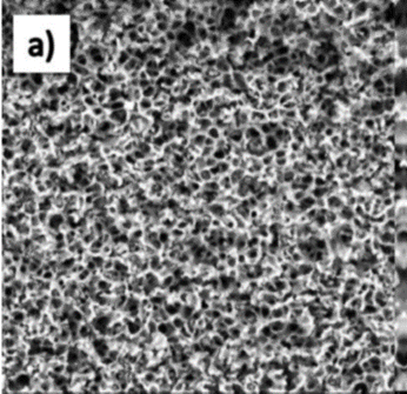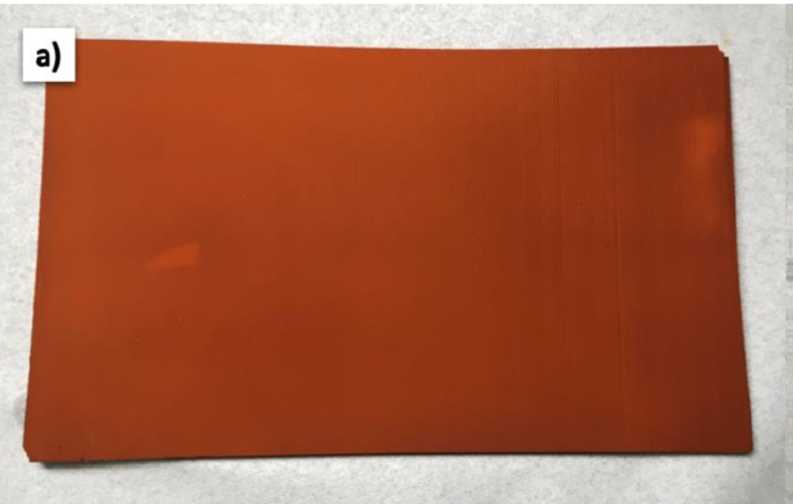Aerogels are ultra-lightweight open cell foams that can be composed of a variety of materials. For carbon aerogels their formation can be achieved from resorcinol-formaldehyde precursors. Resorcinol-formaldehyde aerogels are produced via sol-gel synthesis from aqueous resorcinol and formaldehyde (RF) solution which cross-link under basic or acidic conditions to form a macro/micro-porous gel with water contained in the pores. An organic aerogel is produced upon removal of the water (typically by solvent exchange or critical point extraction). This material can be carbonized at high temperature under inert atmosphere to produce pure carbon aerogels.
Since the first publication of this material, there have been numerous studies elucidating synthesis parameters and processing conditions to tailor the material's properties. These studies have explored various catalyst, ingredient ratios and sol-gel thermal conditions; however, all these studies have been completed on a small scale of typically less than 100 milliliters. Additionally, depending on the application, an aerogel with a homogeneous structure at a very small scale may be desired. Their use in such applications has been inhibited by the high cost of producing the materials when production scale is increased beyond milliliters scale. Methods that result in lower production costs are needed.
LLNL inventors have created innovative steps in the synthesis, carbonation and activation steps of aerogel manufacturing that allows for large scale production. These steps are:
1. Synthesis: a novel pre-cure step with subsequent gelation (RF precursor solution is heated with stirring to achieve a mixed liquid intermediate temperature, the precursor solution is then allowed to cool, and is then cast into a block mold).
2. Carbonation: follows standard procedures.
3. Activation: takes place in CO2 atmosphere using novel apparatus setup for full CO2 contact and exposure.
Left Image: Scanning electron microscopy image of carbonized resorcinol-formaldehyde formulation; Right image: Optically homogeneous RF aerogel block using scaleup procedures
The process of scaling resorcinol-formaldehyde precursors provides homogeneity on a microscopic scale in a low density, high surface area material. This is crucial to creating carbon aerogels with desirable physical properties in large quantities at lower production cost.
Flow through batteries, wearable electronics, water purification, electrochemical reactor design.
Current stage of technology development: TRL 4
U.S. Patent No. 11535521 Large scale synthesis of resorcinol-formaldehyde aerogel published 12/27/2022.



